Interview with Olga de Soto by Julia Wehren
Descrizione
OLGA de SOTO is a choreographer, dancer and dance researcher, born in Valencia and currently based in Brussels.
She began exploring the role of physical and perceptual memory in live art in the late 1990s, often relying on interview methods.
The resulting projects, such as Histoire(s) (2004), An Introduction (2010), or Débords (2012), connect documentation, testimony, archives, oral sources, narrative and storytelling.
In this live interview, for once, Olga switches roles with dance scholar JULIA WEHREN and lets herself be questioned about her own memories.
Where does her interest in the workings of memory and historiographical processes come from?
INTERVIEW QUESTIONS
[00:00:18] How did you start dancing as a child?
[00:01:55] What prompted you to explore memory as a topic?
[00:04:51] How did you decide to become a professional dancer?
[00:09:44] As a choreographer, were you influenced by your collaboration with Michèle Anne De Mey?
[00:11:55] How do you work with music?
[00:13:01] When did your choreographic trajectory move away from music?
[00:15:58] How do you engage with memory in your practice?
[00:25:07] How did you begin the project based on Jean Cocteau’s The Young Man and Death?
[00:29:55] Do you remember your first interview for HISTOIRE(S)?
[00:32:40] How did you build up HISTOIRE(S) as a choreographic work?
[00:39:58] How did you decide to work on Kurt Jooss’s THE GREEN TABLE?
[00:44:45] Which were the outcomes of your research on THE GREEN TABLE?
Luogo/Tempo
Université Côte d'Azur, Nice
November 18, 2021
Formato
video/quicktime (583.93 MB PT49M56S)
Soggetto
• A destiempo ; anarborescences ; An Introduction ; Châteaux en Espagne [Michèle Anne De Mey] ; Con Forts Fleuve [Boris Charmatz] ; Débords ; Éclats Mats ; (Elle) retient, autobiographical solo with voices ; Incorporer ; Patios ; Sinfonia Eroica [Michèle Anne De Mey] ; The Green Table [Kurt Jooss] ; The Show Must Go On [Jérôme Bel] ; The Young Man and Death [Roland Petit] ; Trois danses hongroises de Brahms [Michèle Anne De Mey] ; Bel, Jérôme ; Bernardo, Claudio ; Charmatz, Boris ; Cocteau, Jean ; Contrapuntos Dance Company ; Debussy, Claude ; De Mey, Michèle Anne ; De Mey, Thierry ; Droulers, Pierre ; Druguet, Vincent ; Jarrell, Michael ; Jooss, Kurt ; Knox, Garth (Arditti Quartet) ; La la la Human Steps ; Leysen, Frie ; Parmenides ; Pinto Ribeiro, António ; Saariaho, Kaija ; Sciarrino, Salvatore ; Ruckert, Felix ; Zeno of Elea ; Centre Pompidou ; Centro de Danza Carmen Roche ; Centro de Danza Contemporánea Carmen Senra ; CNDC / Centre National de Danse Contemporaine d’Angers Culturgest Lisbon ; Escuela Superior de Musica y Danza de Valencia ; Festival d’Automne, Paris ; Kunstenfestivaldesarts ; Madrid ; Spain ; Schauspiel House, Hamburg ; Vidéodanse – Centre Pompidou ; Actions verbs ; Archives ; Contact ; Contemporary music ; Dance’s mourning ; Death’s representation ; Documentary performance ; Installation ; Kinesthetic memory ; Memory ; Memory as score ; Modular projects ; Music analysis ; Music scores ; Oblivion ; Oral history ; Perceptual memory ; Post-war ; Prospective memory ; Retrospective memory ; Somatics ; Spectator’s memory ; Testimony ; Video-choreographic works ; Visibility-Invisibility







 è un servizio del
è un servizio del